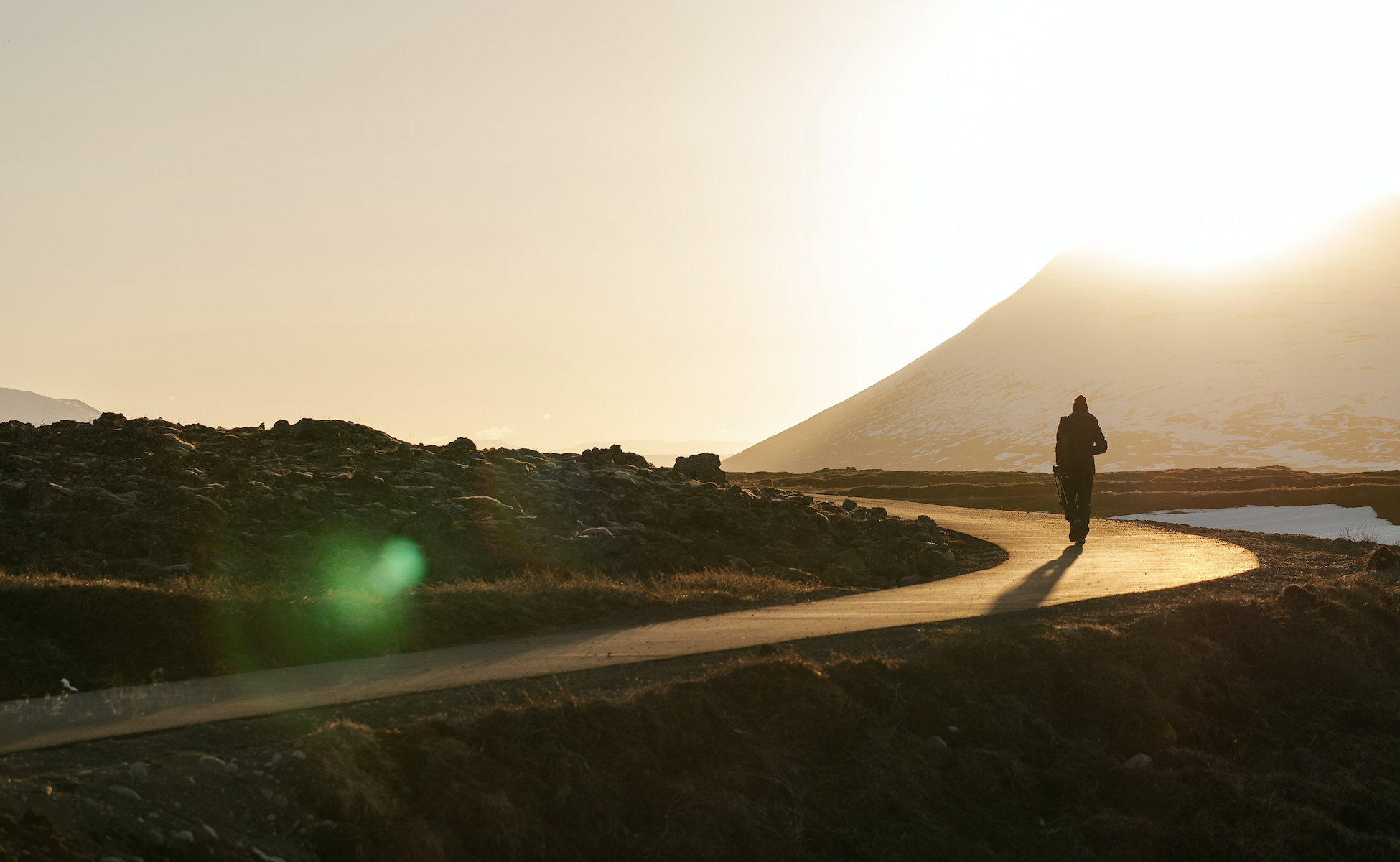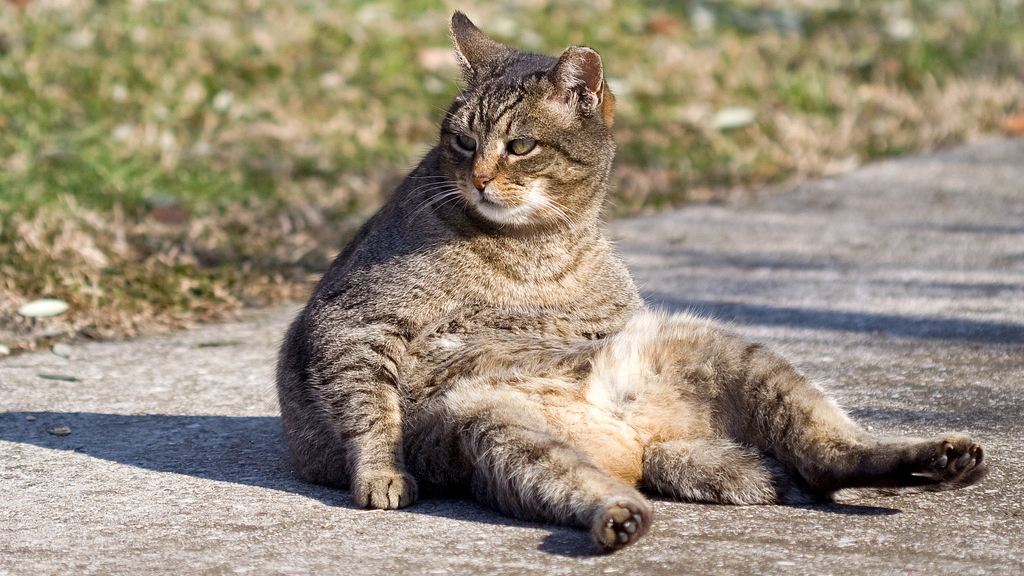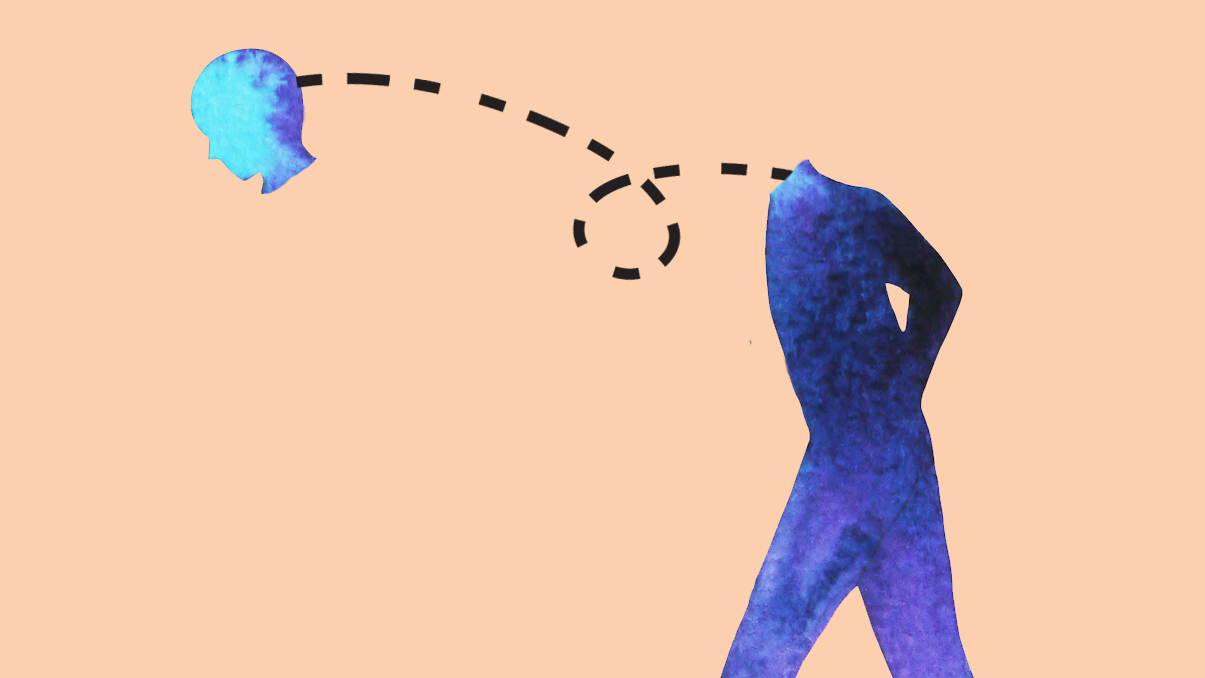walking
Think walking is void of philosophy? Nietzsche and Gros are here to say you’re wrong.
The findings of this study are stunning: in a 16-hour waking day, adults are sedentary for 12.3 hours.
Want to think more creatively? Move your body, and move away from your emotional baseline—in any direction.
Want to improve your mood? This study recommends you get walking, even for a short time, and even if your surroundings aren’t picturesque.



